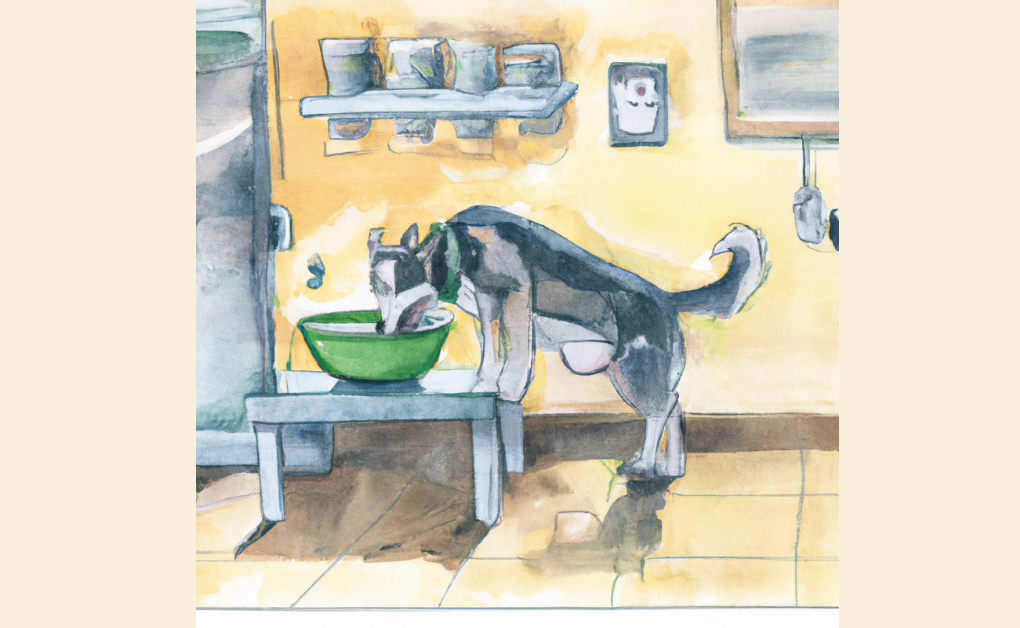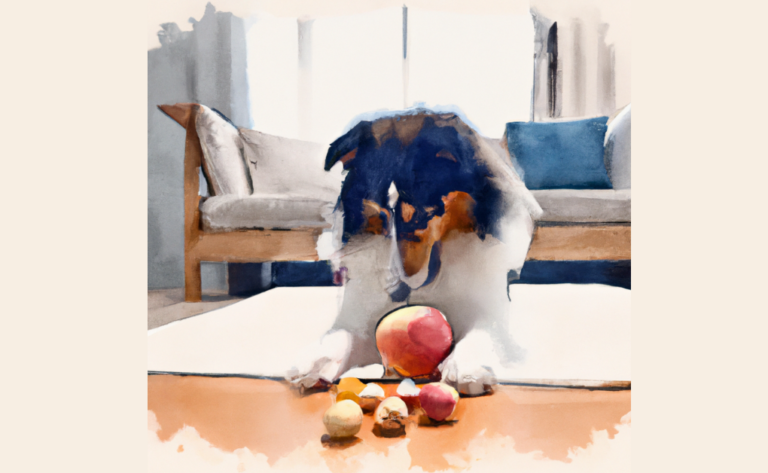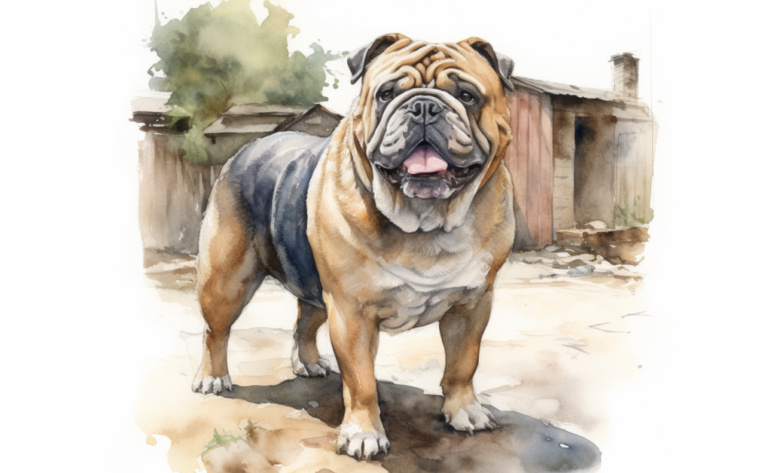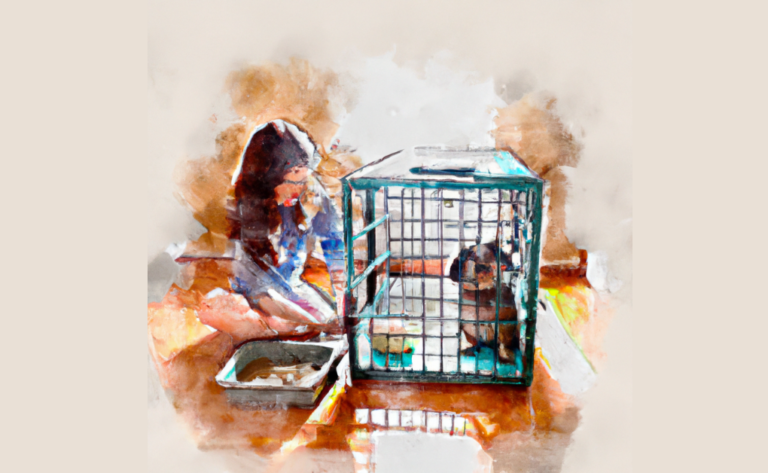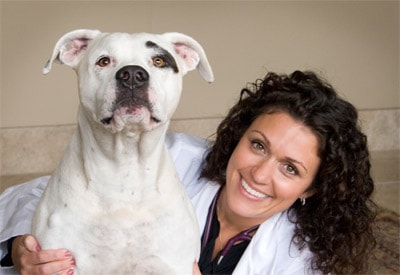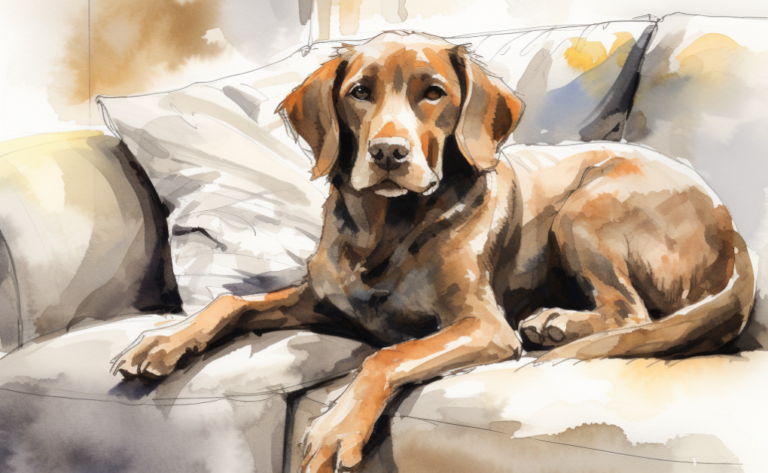Gastric Dilation and Volvulus: To Bloat and Twist the Stomach or Not
Introduction
When Emily noticed that her usually energetic dog, Baxter, seemed lethargic and bloated, she couldn’t help but worry about what might be wrong. After a frantic search on the internet, she stumbled upon the term “bloat” and realized that it could be a life-threatening condition.
Gastric Dilation and Volvulus (GDV), commonly known as bloat, is a severe condition affecting dogs of any age, breed, or size. When the stomach becomes fuller and twists on itself, it occurs when gas, liquid, or food is present. This disruption of blood flow to internal organs can be life-threatening if not treated quickly. Dogs who experience GDV go into shock speedily and may also have difficulty breathing due to the swelling limiting chest movement.
The most common cause of GDV is eating a large meal too close to exercise, so monitoring your dog’s diet and activity level closely is essential. If your dog is showing signs of GDV, call your vet immediately and take them to the vet as soon as possible for treatment. With prompt medical attention, many dogs fully recover from this condition.
Why Do Dogs Bloat?
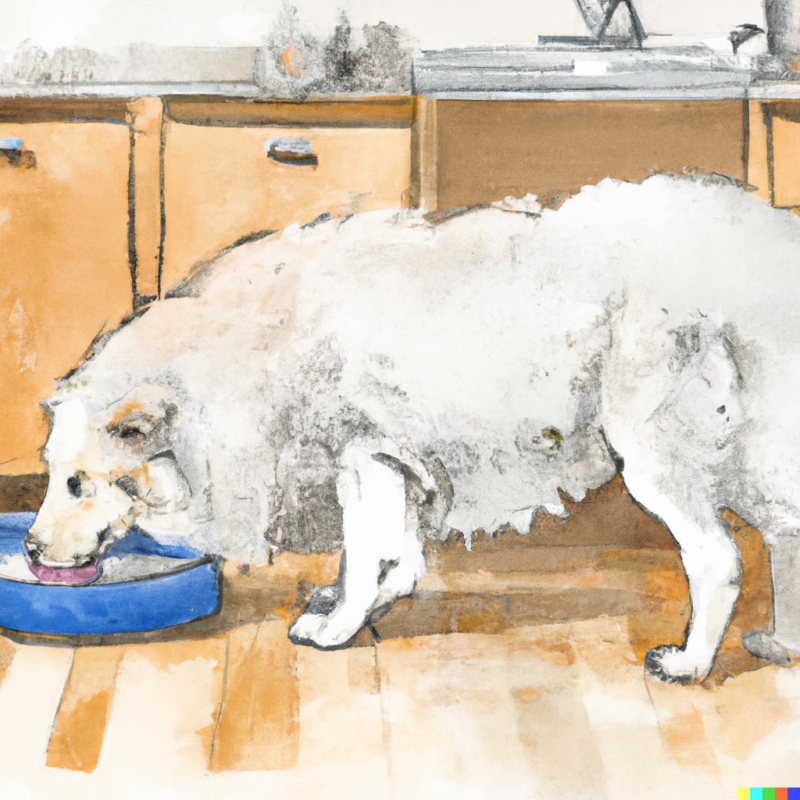
Bloat is a serious and potentially fatal condition that affects dogs. It occurs when air accumulates in the stomach and the stomach twists, causing severe pain and discomfort. The exact cause of bloat is unknown, but veterinarians have been trying to understand it since it was first identified.
Certain risk factors increase the chance of bloat occurring in a dog, such as ingesting large amounts of food or water too quickly, being deep-chested, exercising immediately after eating, eating from an elevated food bowl, having a close relative with bloat, and eating dry food with fat or oil listed in the first four ingredients. Older dogs weighing more than 99 pounds are also at a higher risk for bloat.
It is essential to be aware of these risk factors so that you can take steps to reduce your dog’s chances of developing bloat. For example, feeding smaller meals throughout the day instead of one large meal can help prevent bloat from occurring.
Dogs That are More Prone to Bloat
Large, deep-chested breeds such as Great Danes, Saint Bernards, Weimaraners, and Irish Setters are more prone to GDV (Gastric Dilatation and Volvulus). During their lifetime, dogs weighing more than 100 pounds had a 20% chance of bloat. In addition, the American Kennel Club stats show that Great Danes have a five to eight times higher chance of getting bloat compared to a dog with a low height-to-width ratio.
Factors that increase the risk of bloat include feeding only one meal a day, having g a family history of bloat, rapid eating, being thin or underweight, and having an anxious temperament.
Signs and Symptoms
Bloat in dogs is a severe and potentially life-threatening condition that requires immediate medical attention. Symptoms of bloat in dogs include multiple unproductive attempts to vomit, a bloated or distended abdomen, sudden lethargy, and hunched appearance. Other signs may include panting, pacing, anxiousness, profuse salivating, and attempting to defecate without results.
If any of these symptoms are seen, it is crucial to call the nearest vet immediately, as there is a small window of time to handle the condition. Death can occur in an hour or two due to shock or organ failure without treatment.
Pet owners must be aware of the signs of bloat in their dogs so they can act quickly if they suspect their pet may suffer from this condition. Regular check-ups with your veterinarian are also recommended, as they can help identify potential risk factors and advise how to reduce the chances of bloat.
Diagnosing Bloat in Dogs
An affected dog will feel pain and might whine if their belly is pressed on. A dog can enter shock and die within a few hours if left untreated. When diagnosing bloat in dogs, vets will typically perform a physical examination of the animal to check for signs of distress, such as abdominal swelling or tenderness.
They may also take x-rays to look for any gas or fluid accumulation in the stomach area. In addition, blood tests can check for electrolyte imbalances or other abnormalities that could indicate bloat. In some cases, vets may need exploratory surgery to confirm the diagnosis and treat the condition.
Abdominal X-rays
Abdominal X-rays help diagnose and assess the severity of bloat in animals. Simple bloat can be identified by an X-ray showing a round, distended stomach full of food or gas. However, if the animal suffers from GDV (gastric dilatation volvulus), the X-ray will show a distended abdomen with a bubble. This bubble is caused by air trapped in the stomach due to the twisting of the intestines.
X-rays are an essential part of diagnosing and treating bloat, as they allow veterinarians to assess the severity of the condition and determine whether surgery is necessary. In addition to diagnosing bloat, abdominal X-rays can also be used to check for other conditions, such as tumors, foreign objects, or blockages.
Blood Tests
Blood tests are another essential tool for diagnosing bloat in dogs. Blood tests can help identify any electrolyte imbalances or other abnormalities that could indicate bloat. They can also be used to check for signs of shock, a common symptom of GDV (gastric dilatation volvulus). Blood tests can also help determine if the animal is suffering from any underlying conditions contributing to the bloat.
Exploratory Surgery
In some cases, exploratory surgery may be necessary to confirm the diagnosis and treat the condition. During exploratory surgery, a vet will make an incision in the abdomen and examine the organs for any signs of damage or abnormalities. For example, if GDV (gastric dilatation volvulus) is present, the vet will need to untwist the stomach and intestines to relieve the pressure and restore normal blood flow.
How Is Bloat Treated?
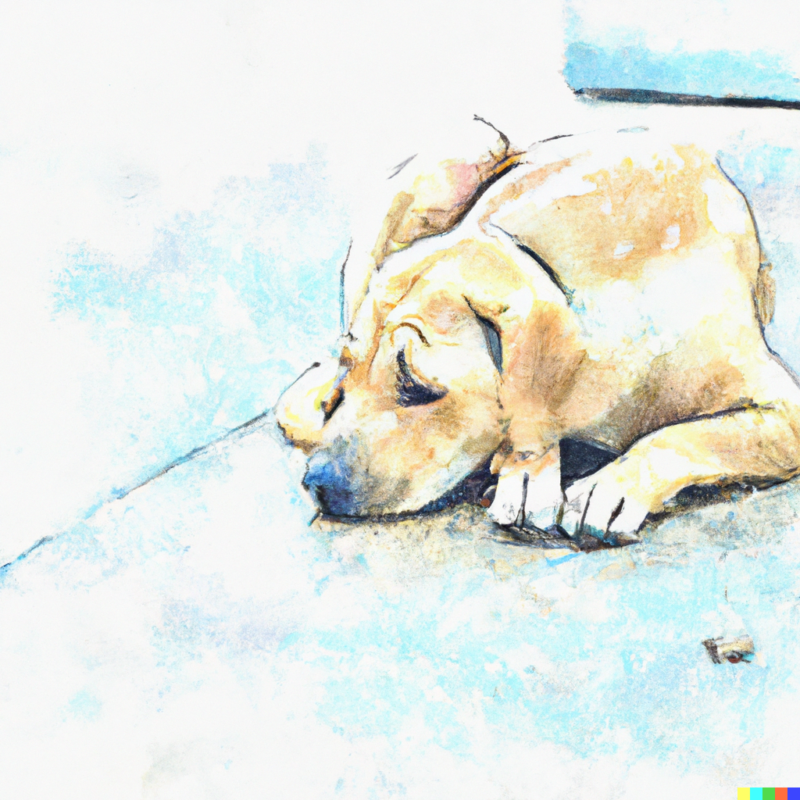
Treating bloat or GDV requires immediate medical attention. If left untreated, the pet will eventually die due to a lack of oxygen to the heart and other organs. Treatment may include decompression of the stomach with a tube inserted through the nose into the stomach, medications such as antibiotics and antacids, and sometimes surgery is required.
In severe cases of GDV, surgery may be necessary to untwist and reposition the stomach. This is typically done with an abdominal procedure known as “gastropexy,” where surgical sutures attach the dog’s stomach to its internal abdominal wall to prevent future stomach twisting.
X-rays are usually taken to determine if surgery is necessary, and intravenous sedation may be used to ensure the dog is pain-free and still during treatment. Other treatments, such as antibiotics or fluids, may also be administered depending on the severity of the condition.
After surgery, your pet will need rest and should remain in a quiet environment for several days while they heal. Additionally, your vet may prescribe additional medications or give special instructions on diet and exercise to help your pet recover.
How is the Surgery Done?
Surgery can correct the stomach’s position, remove any dead or decaying tissue, and stop future instances of GDV. This usually involves gastropexy. If an enlarged and twisted intestine leads to damage to the spleen, it may require removal.
The surgeon may need to perform a gastropexy if there is significant stomach twisting. This involves suturing (stitching) part of the stomach wall to the inside of the abdominal wall, creating an artificial ligament that prevents future twisting of the stomach. Even with this procedure, however, stomach torsion could still recur in some cases.
Possible complications of GDV treatment include oxygen or ventilator support, infection, shock, organ failure, and reduced chances of survival. Therefore, owners must seek immediate medical attention if they suspect their pet has GDV to increase their chance of recovery from this severe condition.
Prevention of Bloat in Dogs
Bloat is a serious and potentially life-threatening condition affecting large-breed dogs with a high height-to-width ratio, such as Great Danes. Certain dietary ingredients and feeding habits can increase the risk of bloat, including foods containing soybean meal or having oils or fats in the first four ingredients, and dogs fed one meal a day.
To prevent bloat from occurring, it is essential to reduce anxiety and stress surrounding food by separating dogs at feeding times. Additionally, preventing bloat is avoiding certain activities that can place too much pressure on the stomach and digestive system.
If a dog exercises vigorously or eats two large meals in one sitting, it can put too much strain on its stomach and increase the risk of bloat. Therefore, it’s essential for owners to evenly space out their pet’s meals throughout the day and avoid any rigorous activity immediately before or after meals.
Eating two meals per day, adding canned food to the diet, and feeding dry food containing calcium-rich meat can help decrease the risk of bloat. Bloat or GDV can affect any dog but is more common in larger breed dogs with barrel/deep chests. Breeds at higher risk for GDV include.
In addition to avoiding activities that could lead to bloat, owners should pay attention to the size and volume of food they give their pets—overfeeding a dog or providing large portions of food at once has been known to increase the risk of bloat significantly. As such, owners need to ensure that they use appropriate sizes bowls when serving their pet meals and do not overfill them with too much food at once.
Frequently Asked Questions
Disclaimer: The information provided on this veterinary website is intended for general educational purposes only and should not be considered as a substitute for professional veterinary advice, diagnosis, or treatment. Always consult a licensed veterinarian for any concerns or questions regarding the health and well-being of your pet. This website does not claim to cover every possible situation or provide exhaustive knowledge on the subjects presented. The owners and contributors of this website are not responsible for any harm or loss that may result from the use or misuse of the information provided herein.

